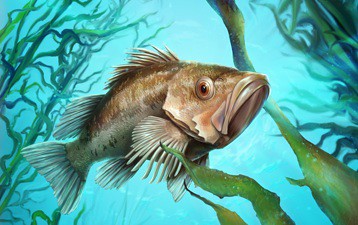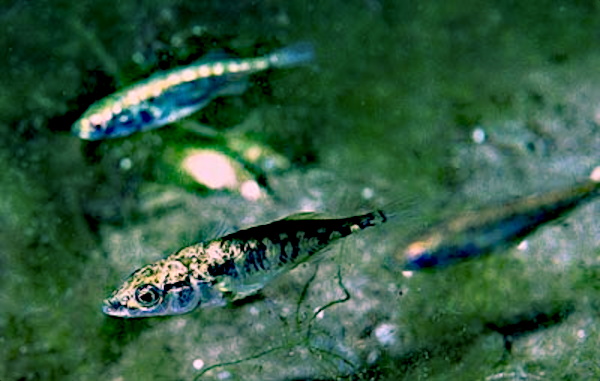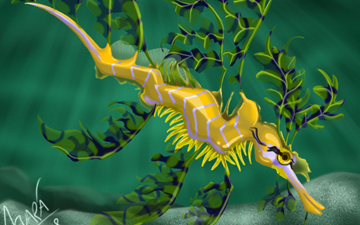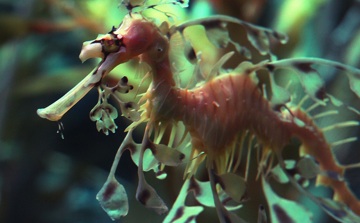Actinopterygii

Stoplight Parrotfish
Sparisoma viride


5 POINTS
• Sparisoma viride has a MOVE of 2.
• Sparisoma viride eats ALGAE and CORAL, and must be place adjacent to at least 1 compatible ALGAE or CORAL species card (irrespective of SCALE).

Clown Triggerfish
Balistoides conspicillum


8 POINTS
• Balistoides conspicillum has a MOVE of 2.
• Balistoides conspicillum can only prey on compatible SPECIES with a SCALE of 4 or 5.

Redfish
Sebastes spp.


8 POINTS
• Sebastes spp has a MOVE of 2.
• Can only prey on SPECIES with a SCALE of 4, 5 or 6.

Sockeye Salmon
Oncorhynchus nerka


7 POINTS
PLAY: Oncorhynchus nerka has a MOVE of 2. Can also feed on ZOOPLANKTON SPECIES.
FACT: The young fish, known as fry, spend up to three years in the freshwater lake before migrating to the ocean.

Three-spined Stickleback
Gasterosteus aculeatus



7 POINTS
Play: Gasterosteus aculeatus has a MOVE of 2 and can also feed on ZOOPLANKTON.
Fact: Gasterosteus aculeatus has a pelvic fin which is used to protect the fish against other fish predators

Leafy Seadragon
Phycodurus eques



9 POINTS
• Phycodurus eques has a MOVE of 1.
• Phycodurus eques sucks up its prey through its long, pipe-like snout.